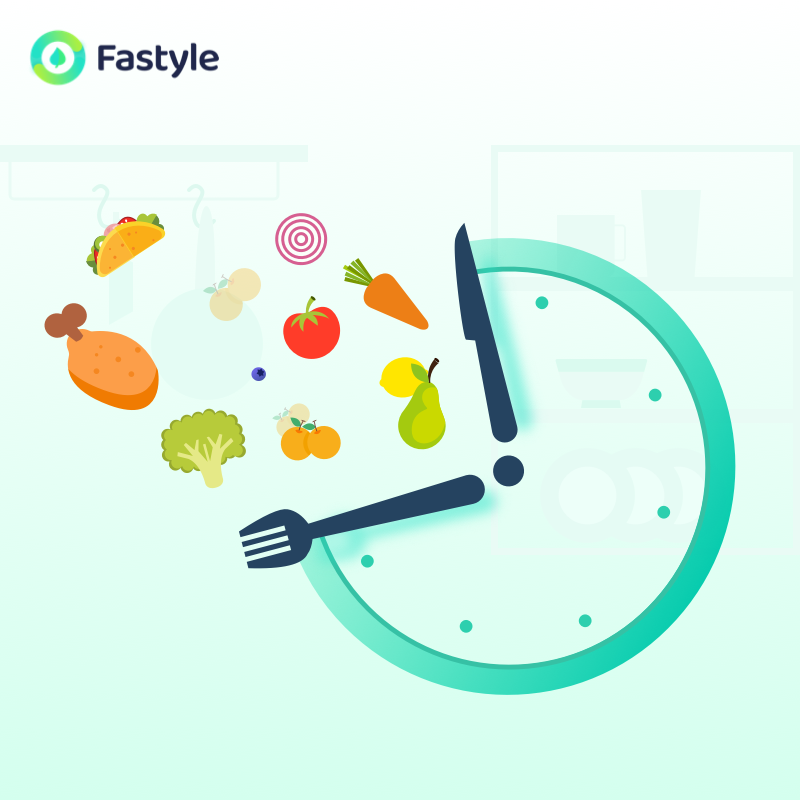With different fasting regimes, meal scheduling will be different too. I will talk you through how to plan your meals based on your chosen fasting plan and what foods you should include in these main meals and snacks. Apart from planning your meals, I will also cover other things you can do during your eating and fasting windows.
Part-day fast meal plan
Let’s use the most popular 16:8 as an example to have a look at how you may schedule your meals every day. With an 8-hour window, most people will be able to have two main meals and one to two snacks every day. Spacing with your meals 2-3 hours between and it is better to finish the fast with the main meal to help you get through the fasting period. Here are three examples:

Option 1 With breakfast
Obviously, this suits the early bird that tends to have a busy morning and an early night. This is a good option to prepare you for the morning.
Fasting window: 15:00-7:00. Eating window: 7:00-15:00.
- 7:00 Breakfast
- 10:00 Snack 1
- 12:00 Snack 2
- 14:00-15:00 Lunch
Option 2 With Brunch
This suits someone who eats late breakfast has more time in the morning, and more freedom on their daily schedule.
Fasting window: 18:00-10:00. Eating window: 10:00-18:00
- 10:00 Brunch
- 13:00 Snack 1
- 15:00 Snack 2
- 17:00-18:00 Dinner
Option 3 Without breakfast but with late dinner
This will be perfect for someone who’d like to skip breakfast or make unhealthy quick breakfast choices with little time in the morning or only eat lunch and late dinner most of the time. It is most popular for people with a long commute, shift workers, or 9 to 5 workers.
Fasting window: 20:00-12:00. Eating window: 12:00-20:00.
- 12:00 Lunch
- 14:00-15:00 Snack 1
- 17:00 Snack 2
- 19:00-20:00 Dinner
If you have chosen a full-day fast such as 5:2, strategic planning is important to do a full day fast because you’ll only be having 500-600kcal. There are three ways to do a full day fast:
Full-day fast meal plan
If you have chosen the full-day fast, you will limit your intake to 500 calories for women and 600 calories for men. Strategic planning is important to help you stay within the calorie limit and manage symptoms. There are three ways to divide your calories during a full-day fast.

Option 1 Small frequent meals
This is possibly the most difficult one to follow because this will require strict meal portioning, calorie counting, and distributing calories evenly across three main meals.
3 main meals, with 100-150kcal each
How much is 100-150kcal?
Here is what it may look like: 100g lean protein (e.g. chicken, turkey, beef, fish), 200g salad vegetables with low-calorie salad dressing (e.g. vinegar sauce), or 1 slice of wholegrain toast with 1 soft boiled egg.
2 small snacks with 10-15kcal only. It will be mostly what you drink during the fasting window, water, tea, black coffee, and other calorie-free drinks with 1tablepsoon of milk or sweetener.
Option 2 Finish your calories within half the day
This is similar to 16:8 and the most popular one when you will only have two main meals which allow you to have a slightly bigger portion.
2 main meals, with 200kcal each
How much: 100g lean protein (chicken, turkey, beef, fish), 200g salad vegetables with 100 cup starchy vegetables or 1 thin slice bread, with low-calorie salad dressing (e.g. vinegar sauce).
1 snack, with up to 100kcal. You could easily slide in a piece of fruit or a small cup of sugar-free yogurt as a snack. You may still use calorie-free drinks as healthy snacks during the day.
Option 3 All in one meal
This is the same as OMAD – one meal a day, with a calories limit of 500-600kcal for this meal. This only suits someone that can tolerate a fasting length of over 20 hours. By eating all your calories in a single meal, you will get more satisfaction with a normal portion meal and less anxiety about portioning meals at 100-250kcal compared to the other two options.
Choose your food for fasting
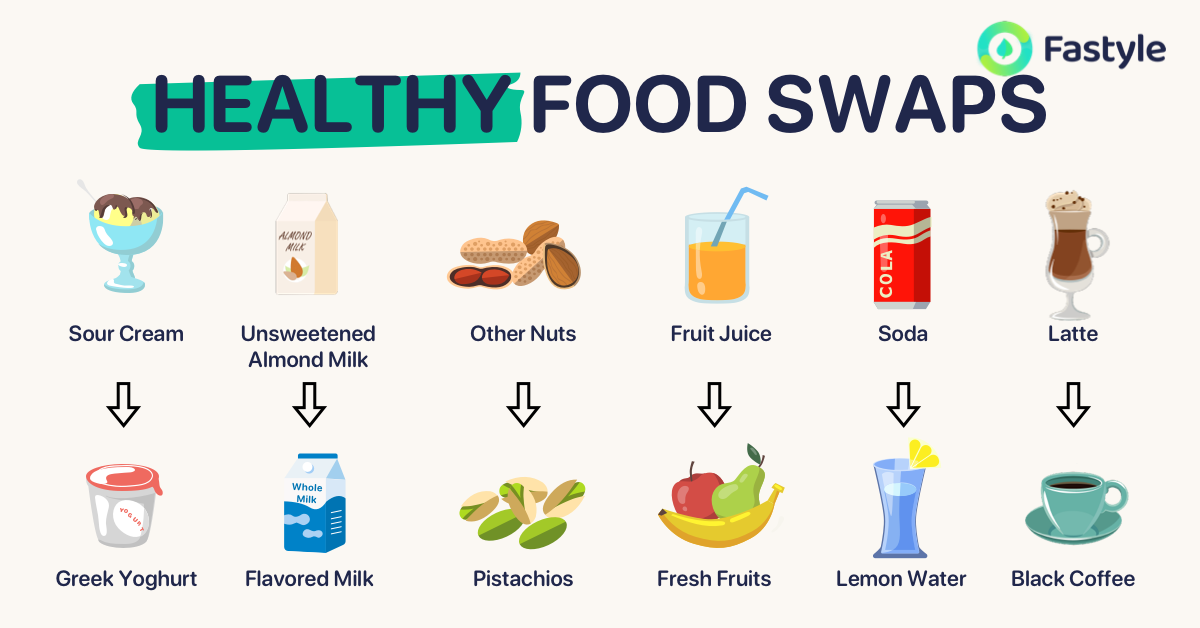
Well, we have talked over this a couple of times. Although intermittent fasting doesn’t have any food restriction, it is best to follow healthy eating to optimize your nutrition while trying to lose weight. Therefore, I recommend you follow the Dietary Guideline for Americans to include fruits, vegetables, grains, lean protein food, dairy, and oils; limits added sugar, saturated fat, sodium, and alcoholic beverages in your diet. Also, try to use the USDA MyPlate model to portion your meals with 50% fruits of non-starchy vegetables, 25% from lean protein food, and 25% carbohydrates (whole grains or starchy vegetables). You may head over to previous articles to find out more about these two guides for healthy eating.
There are certain foods that can suppress hunger and more fulfilling to help avoid overeating. These foods are usually higher in protein, fiber, lower in sugar, and Glycemic Index with a smaller effect on your blood sugar level and make you feel full for longer. A few recommendations on food choices to help you get fast more efficient:
Add fiber
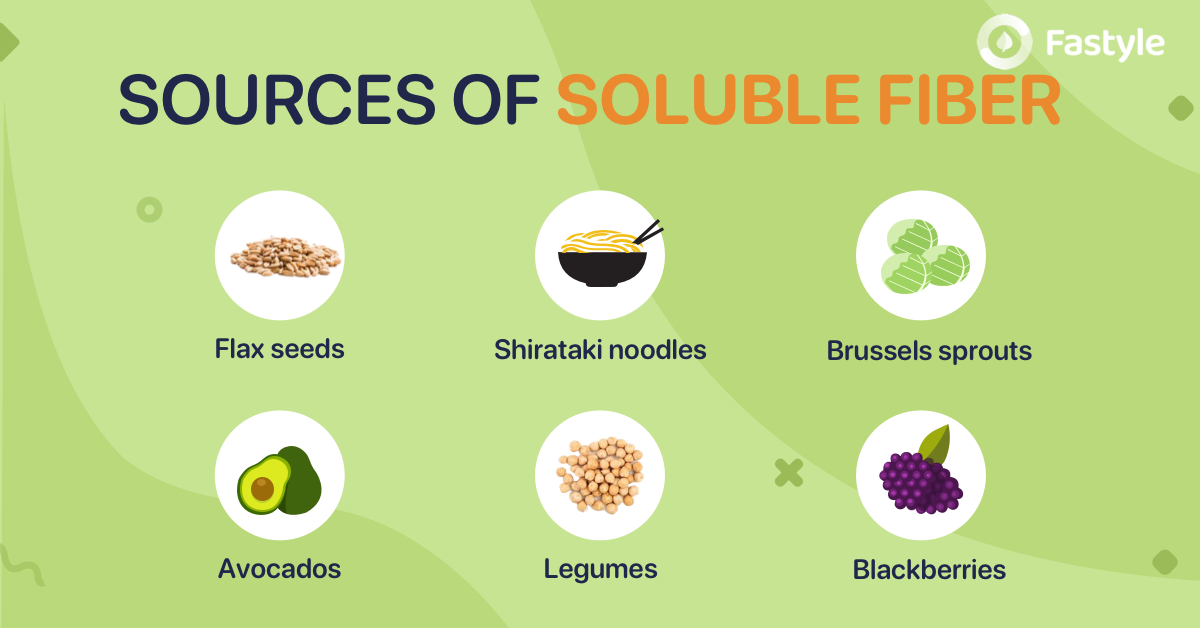
- Choose whole grains over refine “white” grains.
- Choose higher fiber starchy vegetables, such as corn, taro, sweet potato and legumes.
- Add legumes, such as beans, peas or lentils to increase fiber.
- Always dish with a non-starchy vegetable with your meals.
Add protein
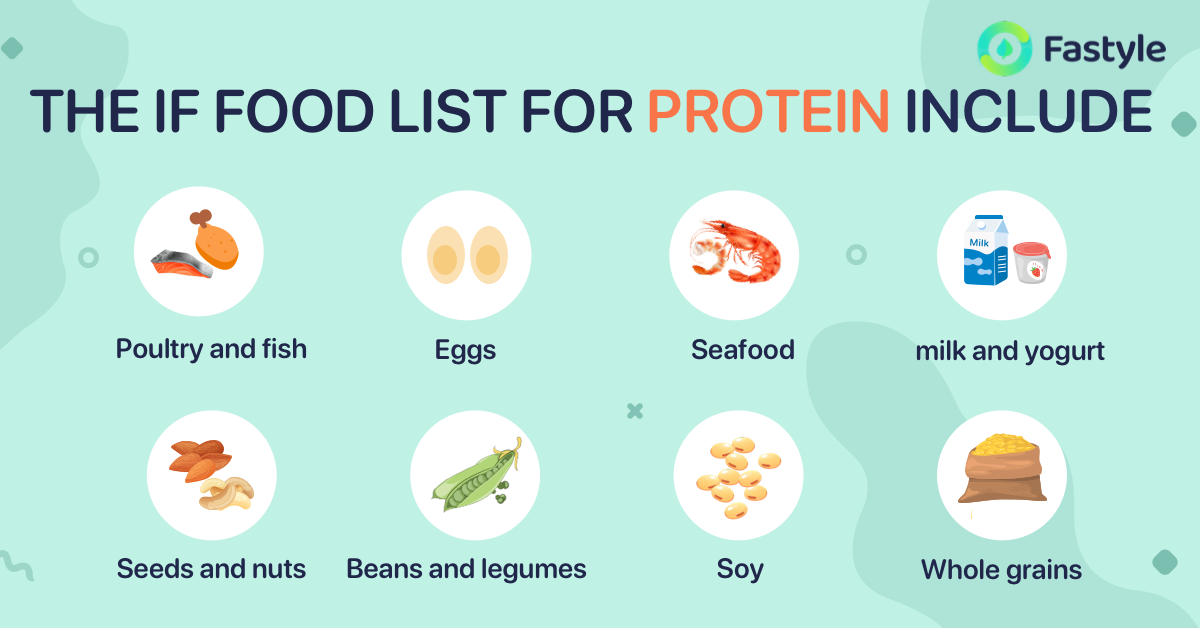
- Choose lean proteins, such as fully trimmed red meats, skin less chicken, fish, seafood.
- Add some protein in your snacks too, such as a glass of skim milk, a small tub of sugar-free Greek yoghurt, a soft-boiled egg and a scoop of whey protein powder.
- Include a good portion of protein (a fist or a palm size) in your last meal before you start your fast.
Lower the Glycemic Index (GI)
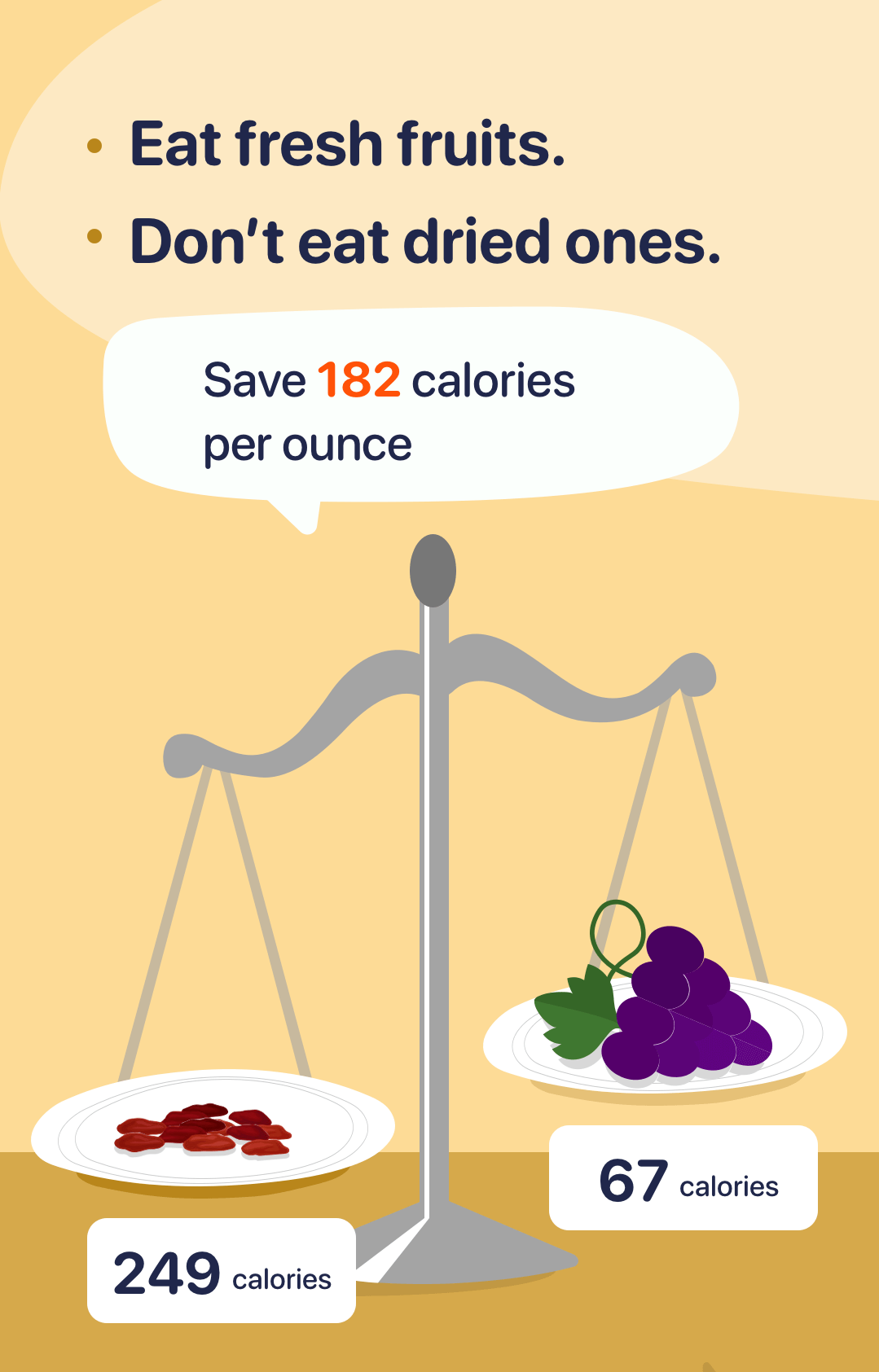
- Adding protein and high fiber food can both lower GI of your meal
- Adding acidic, such as using vinaigrette or lemon juice in your dressing.
- Choose whole fruits and less ripe over juices, dry fruits or fully ripe.
- Eat less sugary food, e.g. sugar sweetened beverages, candies, cakes, baked foods and pastries.
Eating out tips friendly with intermittent fasting
If you don’t usually prepare your own food, you can still eat healthy food by making some smart choices when eating out:
- Plan where and what you’re going to eat.
- Control your portion size. Eat only half of your plate, share the dish with someone else or simply ask for carryout to keep for next meal. Pay one dish for two meals.
- Order more plant-based food.
- Order lean protein fish (fish, skinless chicken, turkey, seafood).
- Avoid fried, deep fried, buttered dishes, cheese, hollandaise or cream-based sauces and fatty cut meats.
- Order drinks with less calories, avoid sweetened and high strength alcoholic beverages.
- Choose healthier dessert choices or simply skip dessert.
Other things you can do during eating window
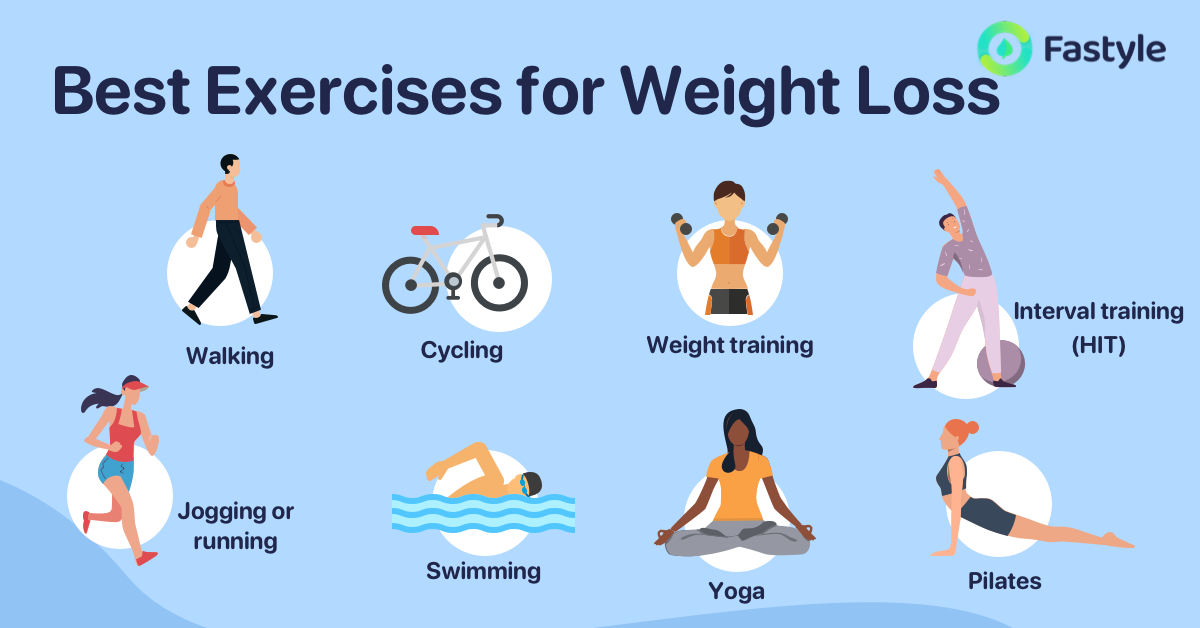
During your eating window, it is a good time to plan for a workout.
- You are fueled with energy to work out and get a quick recovery meal post workout.
- A better time to do higher intensity exercise such as a spinning, running, swimming and weight training.
- Do the workout just before your last meal of your eating window, choose food rich in protein and carbohydrate to rover and refuel.
- You can continue to rehydrate with water or sugar free electrolytes when you go into fasting period.
Things to do during your fasting window
Keep yourself busy during your fasting period
This is possibly the best way to slide through the fasting window. That’s why planning your fasting window within your work hours is a good idea. Apart from your work, doing light exercise, some recreational activity you enjoy or simply spending time with your family are great choices to keep yourself busy. It is the “out of sight, out of mind” matter. If you don’t see them, you’re less likely to eat them.
Managing symptoms
With all the discomforts of intermittent fasting, you should be the guru by now. You must have felt hungry, nausea, tired, lightheaded, or headache at some point during your fast. If you have fasted for a few days or weeks, your body should’ve adapted to the routine experiencing fewer of these symptoms. If you still get these sometimes, stick to the tips: keep yourself busy, stay hydrated and put your attention elsewhere. Of course, if this ever becomes unbearable, you should stop the fast and start eating. It is always better to stop at the right time, retune and start again the next day rather than getting through it with pain.
Drinks
Hydration is important during the fasting window to help manage fasting symptoms, assist digestion, bowel movement, and eliminating waste out of the body (your natural detoxification). Choose your drinks with little to no calories:
- Water, plain or sparkling
- Plain tea
- Black coffee
- Tea/coffee with 1tablespoon of milk or unsweetened plant-based milk.
- Bullet proof coffee with 1tsp of MCT oil (limit this to 2 daily, because oil/butter still has significant calories. Having too much might break your fast).
- Zero-calories drinks with small amount of artificial sweetener.
- DO NOT drink alcohol, juices, sugar sweetened beverages during fasting window.
Exercise choices
It is still safe to exercise during the fasting window. Because you will have less energy, it is best to do light exercises such as walking, Pilates, yoga, cardio, or short light weight training session. Exercise in the morning can also help accelerate your body’s transition to a fasted state. If you wish to do higher intensity exercise, it is best to do it at the end of your fasting window, so you can break your fast with a post-workout recovery meal. You may have less stamina, feel tired and hungry after exercise. Therefore, choose to exercise timing, duration, and intensity wisely to avoid any discomforts that may influence your fast.
Summary
- Schedule your mealtime around your preference.
- Follow the Dietary Guidelines for American and the MyPlate model for your meals during eating window.
- Try adding fiber, protein and eat lower glycemic index food to help you feel full for longer before you start your fast.
- Plan for a workout during eating or fasting window. Choose the intensity and duration of exercise wisely to avoid discomforts.
- Stay hydrated, keep yourself busy it is the best way to manage symptoms and get through fasting window.
